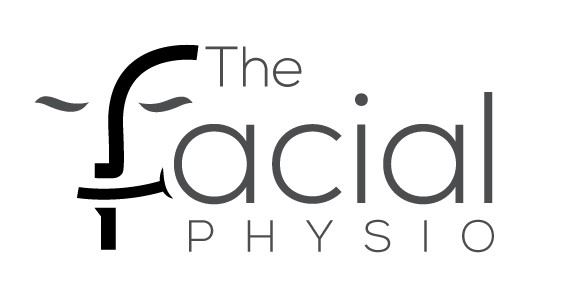Hi team!
Time for Jaw anatomy and mechanics! There is a lot of power if knowing how a joint works when treating or doing home exercises. If it makes sense… everything is easier!
The TMJ - temporomandibular joint - or Jaw is a pretty epic joint. Essentially it does two joints jobs in the one space.
Fun fact: Yes .. also you would have just seen TMJ = the official name of the joint. NOT the actual injury/condition. The condition is called a “temporomandibular joint disorder”, usually abbreviated to TMD.
You have two usually identical TMJs. One on each side of your head. They sit immediately in front of your external auditory canal (ear hole), this is why people often report ear pain, blocked ears, difficulty equalising and tinnitus with TMJ problems.
Inside your joint you have a special disc. It sits in the cavern of joint between your mandible (lower jaw bone) and your skull. This is not like your spinal discs! It is attached to the back of the joint by a bungy cord called the retrodiscal lamina and at the front to a very clever muscle called the lateral pterygoid.
As you open the first this we do in hinge, the joint rotates in position. The lateral pterygoid then contracts, pulls the disc forward and out of the socket. This is turn pulls the mandible forward - imagine a baby version of a snake opening its mouth. The bungy cord then helps pull everything closed via elastic recoil.
Now all of this happens with the help and support of some of the strongest pound for pound muscles in the whole body. When these muscles misbehave (clenching/grinding/bruxing, trauma) and decrease the available space for the mechanism to work, it can fail. This can cause locking, clicking, pain and problems.
For more info and some amazing stick figure artistry please check out our insta! @thefacialphysio
Have a great day!
Ellie
